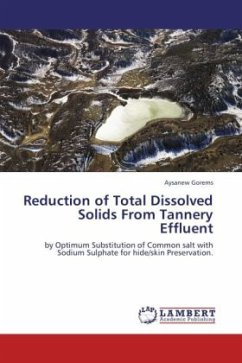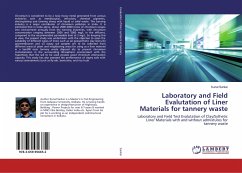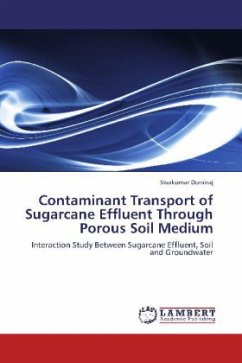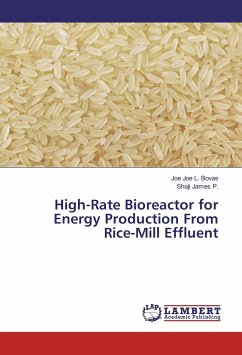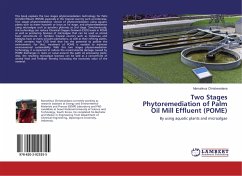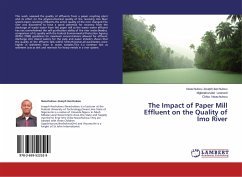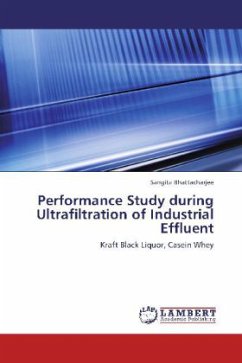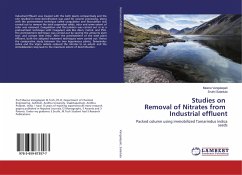Raw hides and skins serve as the raw material for leather making industries. The main constituent of these raw material are proteins with about 70% of moisture and they are susceptible to microbial attack. Because of this, it is essential to preserve the protein matrix of skin/hide before converting it into leather. Though the preservation of skin/hide by using common salt to an extent of 30 50% (w/w) is widely practiced, this method generates a huge amount of pollution in the form of total dissolved solids (TDS) and chlorides (Cl) during leather processing. Therefore various investigating groups have been involved in alternative curing systems. In this book sodium sulphate is used as preservation salt wholly or partially with the common salt for pollution abatement. Rigorous laboratory experimentation were made on volatile nitrogen, moisture content, bacteria count and hydrothermal stability of the skin, and sodium sulphate (30%w/w) as well as sodium sulphate (20%w/w) with sodium chloride (i.e. 10% w/w ) proved as most preferable option for curing of sheep skins which gives effective preservation. The pollution load study provides sodium sulphate as viable alternative.
Bitte wählen Sie Ihr Anliegen aus.
Rechnungen
Retourenschein anfordern
Bestellstatus
Storno

